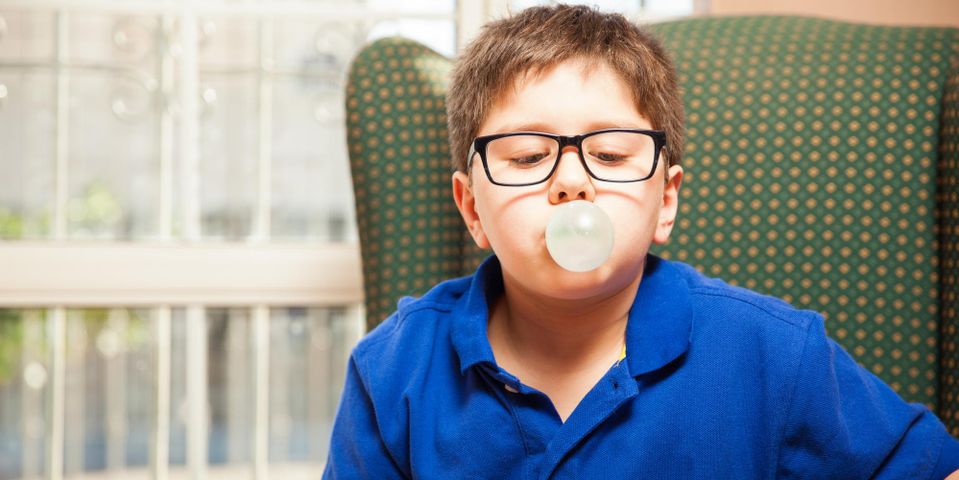Is Chewing Gum Good for Your Child’s Teeth?

Though many people think of chewing gum as a harmful sweet comparable to candy, it can be an asset to your child’s dental hygiene with the right selection. Here’s a breakdown of what you need to know to turn gum into an oral health tool.
The Benefits of Chewing Gum
 Gum has received the American Dental Association’s Seal of Acceptance as a safe food and dental care tool. When your child chews gum, it can dislodge food and debris stuck between their teeth. More importantly, chewing gum may prevent tooth decay.
Gum has received the American Dental Association’s Seal of Acceptance as a safe food and dental care tool. When your child chews gum, it can dislodge food and debris stuck between their teeth. More importantly, chewing gum may prevent tooth decay.
Chewing gum for 20 minutes after eating increases saliva production. Aside from removing food particles, saliva neutralizes acids that erode enamel and wash away decay-causing bacteria. Saliva also delivers minerals that fortify enamel.
Which Type of Gum to Choose
Not all gum is safe—you need to choose a sugar-free option. Sugary gums can promote tooth decay since they fuel decay-causing bacteria. Look for products that contain natural sweeteners like xylitol.
If your child has braces, they shouldn’t chew gum because the sticky substance can be difficult to remove from brackets and wires. If your child has crowns or fillings on one side of their mouth, they should chew gum on the other side or not at all to avoid dislodging the dental fixtures.
Also, remind your child that gum chewing isn’t a replacement for core dental hygiene habits like brushing and flossing.
In addition to healthy gum choices, promote your child’s dental hygiene with cleanings and exams at Pediatric Dental Group. This Honolulu practice has served babies to teens since 1966 with preventive dental care in a comfortable, welcoming environment. Call (808) 593-8828 to schedule a dental exam for your child, and connect on Facebook for more dental hygiene tips. You can also explore the practice’s offerings further online.
About the Business
Have a question? Ask the experts!
Send your question

